|
|
ADDRESS AT THE INAUGURATION OF THE CII EDUCATION SUMMIT, NEW DELHI
14-05-2007 : New Delhi
Mission of Education: Capacity Building
"Evolution of Knowledge Society -
A National Vision"
I am indeed delighted to participate in the Inauguration of the CII Education Summit. My greetings to the organizers, education planners, education providers, regulators, accreditation agencies, vocational trainers, representatives of industry and other distinguished guests. The topic selected for CII Education Summit: ?Innovating for Excellence? is very important. Since, I am in the midst of experts in education; I would like to discuss on "Mission of Education: Capacity Building."
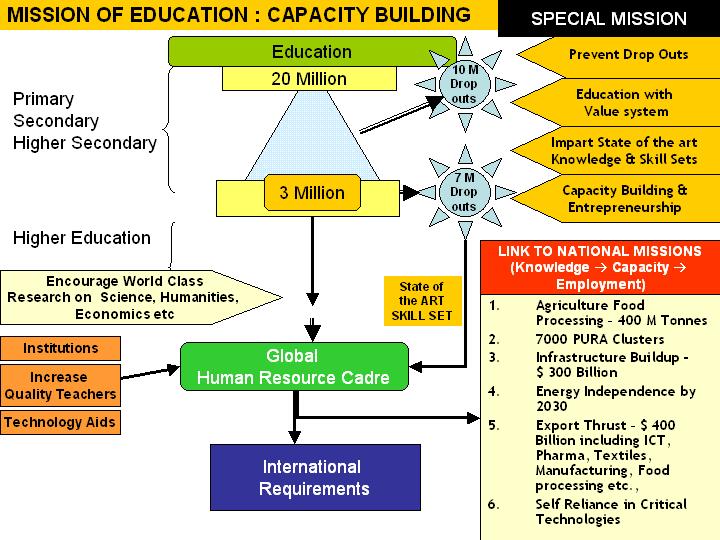

I. Employment and education
Presently our university education system is contributing 3 million graduates and post graduates every year. 7 Million students after their secondary school education in 10th and 12th stop further education and seek employment every year. Thus nearly 10 million youth are injected into the society every year seeking employment. However, there is a large gap in the availability of employable skill. For example, as per the NASSCOM and Mc. Kinsey Report 2005, it is estimated that the IT, ITES and BPO sector alone will need 9 million direct jobs and 6 million indirect jobs in construction, retail and transportation by 2010, whereas we do not have such a capacity in the country to generate this number which will be acceptable to the three sectors of economy. Similarly, in the case of nursing professional, India is in the process of improving the healthcare services which will need additional 0.5 million nurses and paramedical staff. As per the latest report, worldwide requirements for nurses are estimated to be around 1 million from now to 2012. Presently, in India about 50,000 nurses qualify every year. In the small scale sector, presently 12 million units are employing around twenty eight million people. Many of them are unregistered units. There is a need to bring all the units under the registered category so that all the people can be provided benefits accordingly. At present, the small scale industries contribute to an export of over 20 billion dollars a year, which is expected to increase to over 40 billion dollars within the next five years. This will require addition of nearly 28 million people within 5 years with variety of skills in garments, processed foods, pharmaceutical, electronics, precision engineering and cosmetic products. How to bridge this gap between availability and requirement in the globalized economy. To bridge the gap, an interface is needed between the education system and the needs of the three sectors of the economy. At present India has five hundred and forty million youth under the age of 25 which will continuously be growing till the year 2050. During this period, India needs large number of talented youth with higher education for the task of knowledge acquisition, knowledge imparting, knowledge creation and knowledge sharing.
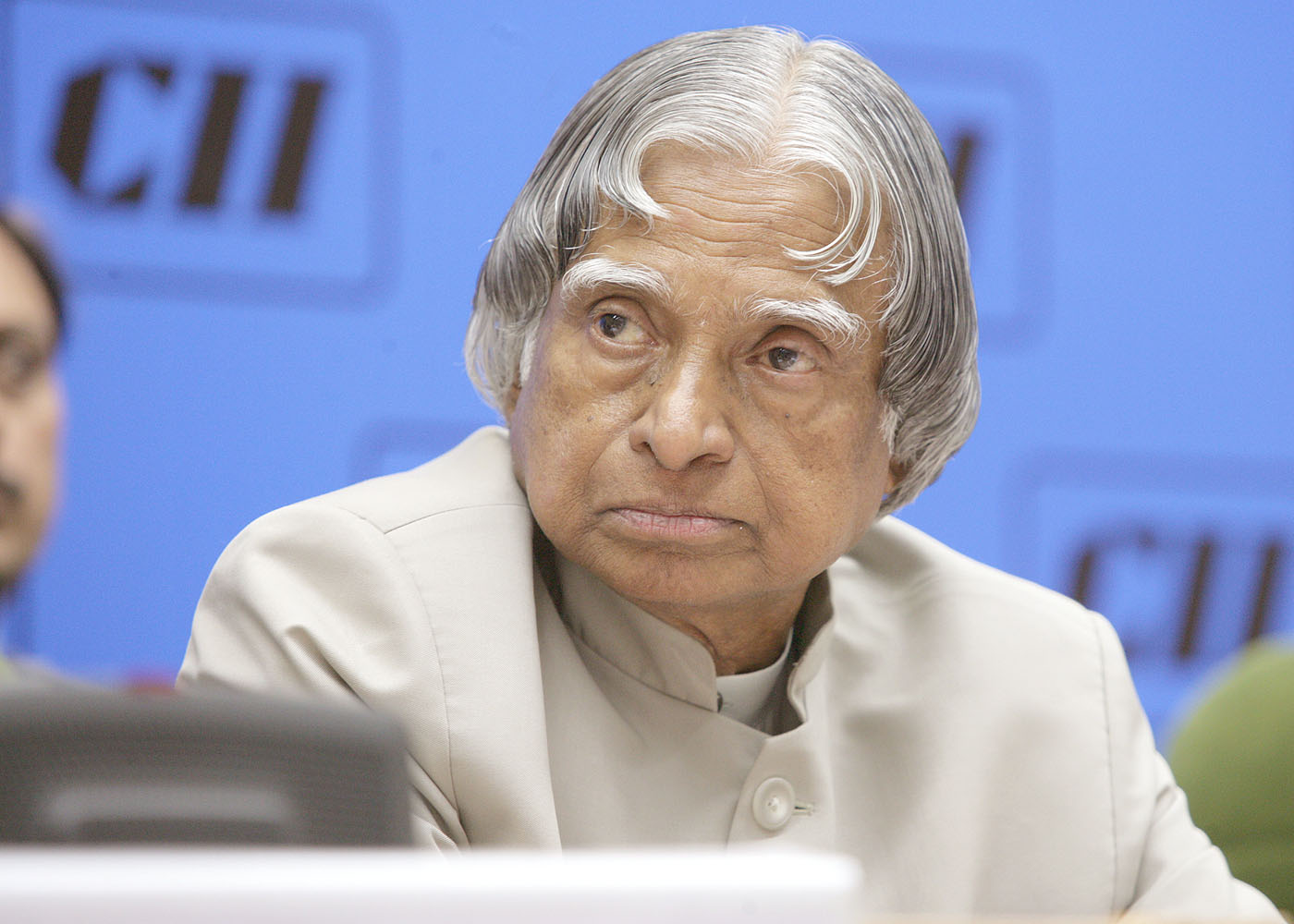

II. Global Human Resource Cadre
Keeping the above scene in mind, the universities and school educational systems need to create two cadres of personnel: (1) a global cadre of skilled youth with specific knowledge of special skills (2) another global cadre of youth with higher education. These two cadres will be required not only for powering the manufacturing and services sector of India, but also for fulfilling the skilled human resource requirements globally. Thus, the universities and secondary school education system will have to work towards increasing the through put of the university education system from the existing 10% to 15% by the year 2015, 20% by the year 2020, 25% by the year 2025 and 30% by the year 2030. The graduates who come out of Universities need to have specialization linked to the employment potential.
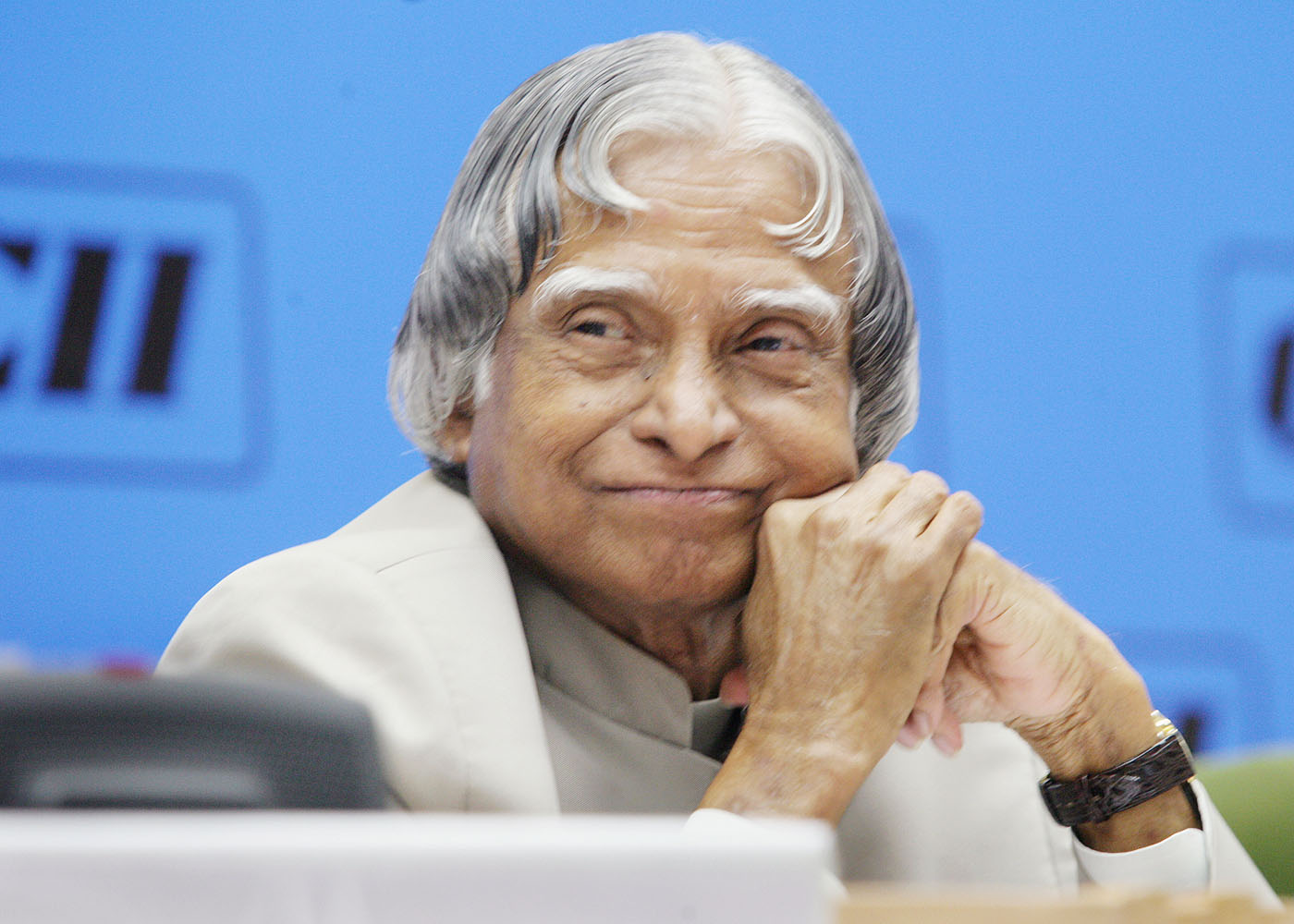
The skill oriented education category which may be around 30% of the overall population by 2030, will have people with world class skill sets in areas such as food processing, construction, carpentry, electrical systems, repair of mechanical systems, fashion design, para-legal, para-medical, accountancy, sales and marketing, software and hardware maintenance and service, software quality assurance personals. For example, the Indian Construction Industry employs over 31 million people for its asset generating activity of over Rs. 3,10,000 crore which includes expenditure of Rs. 2,00,000 crore incurred by the Government. This will need development of specialized quality human resource in all the spectrum of construction activity. This task will need reorientation of our education system for generating world class skills among the youth. The skill sets will enable higher productivity which in turn will result in better competitiveness. Our education system must also aim that all the remaining people should atleast have a secondary school qualification with training for employment in agriculture or service sector.
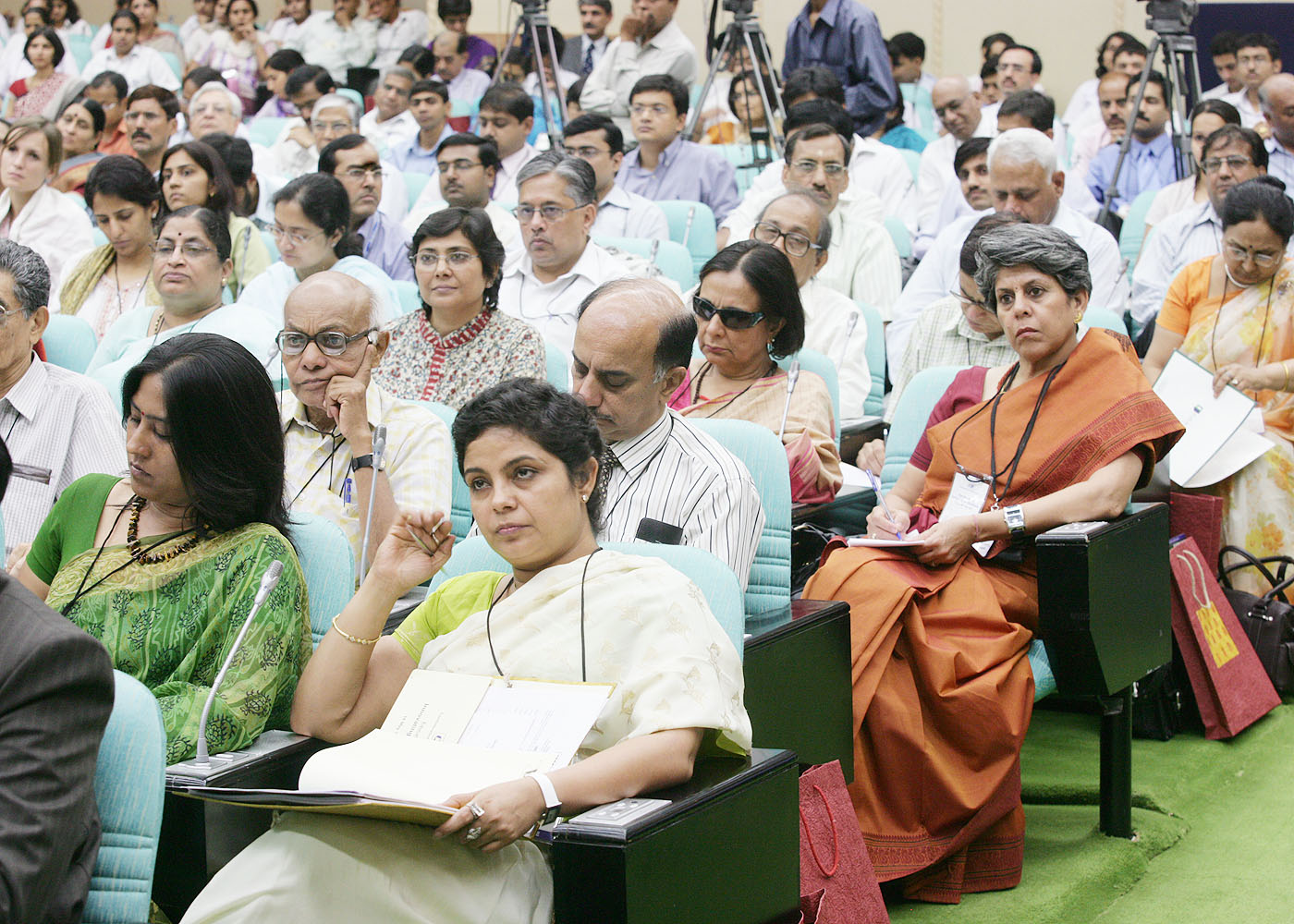
Evolution of National Policy: A National Policy for creating a "Global Human Development Cadre for India" can be evolved through a national team drawing experts from multiple ministries, including education system, experts from three sectors of the economy and various professional associations and societies. Evolution of such a policy in a time bound manner will generate quality, knowledge and skills needed by all sectors of Indian economy and globally employable human resources. The aim of the education system should be to create employment generators rather than employment seekers apart from building research capability.
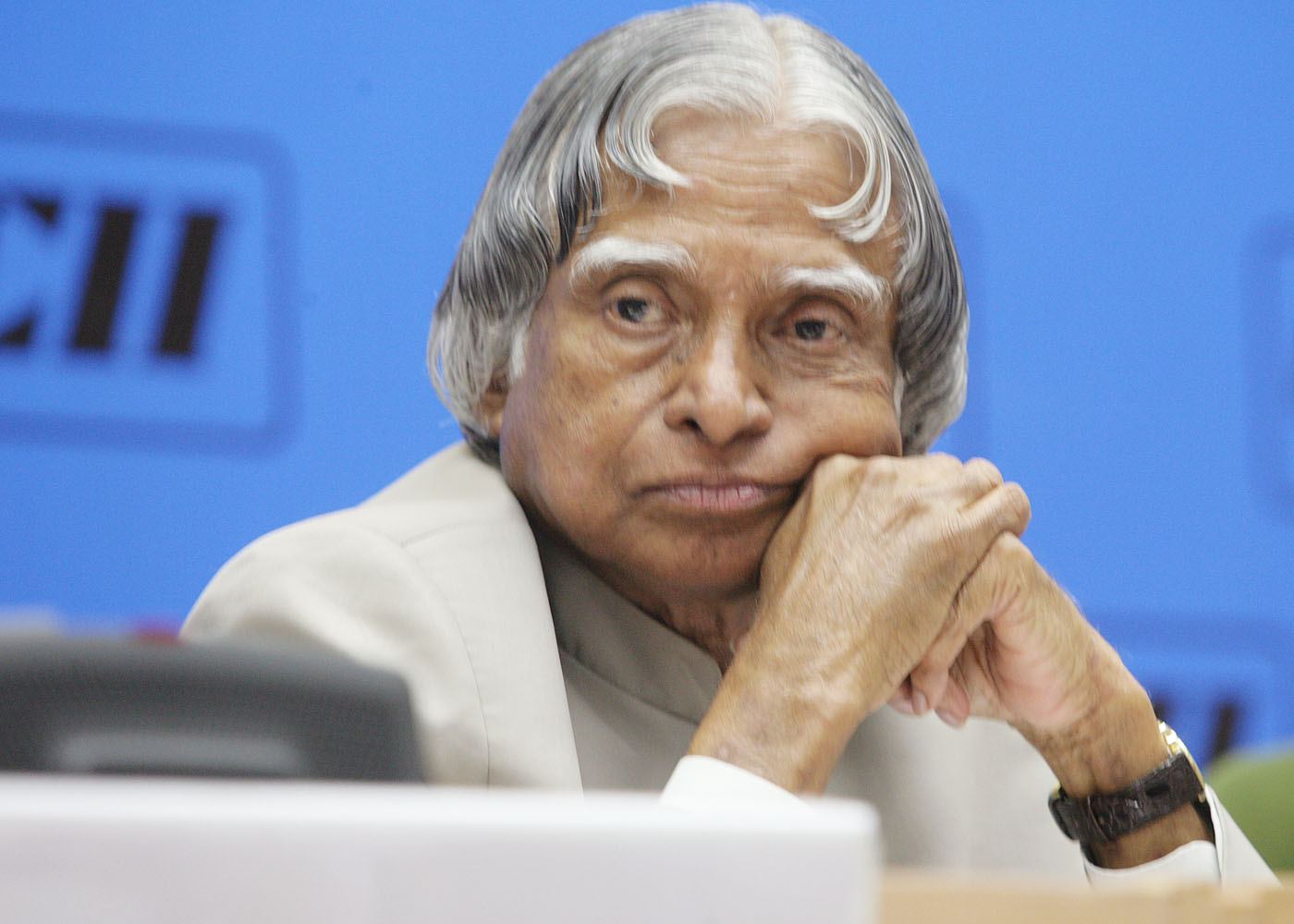
Employment generation through entrepreneurship: A three pronged strategy is needed to make education more attractive, make it skill imparting and simultaneously create employment potential ? how do we do that?
Firstly, the educational system should highlight the importance of entrepreneurship and prepare the students to get oriented towards setting up of enterprises which will provide them creativity, freedom and ability to generate wealth. Diversity of skills and perseverance in work makes an entrepreneur. It should be taught to all the students. In addition, college syllabi even for arts, science, and commerce courses should include topics and practical where such entrepreneurship is possible. Secondly, the banking system should provide venture capital right from every village level to the prospective entrepreneurs for undertaking new enterprises. When I studied the performance of ICICI Venture, I found few entrepreneurs have increased their profitability many times in less than seven years generating thousands of direct jobs and tens of thousands of indirect jobs. We need a large number of such venture capital institutions who can take risk and promote entrepreneur. CII can bring out the success stories in the form documents highlighting venture capital funding and employment generation opportunities.
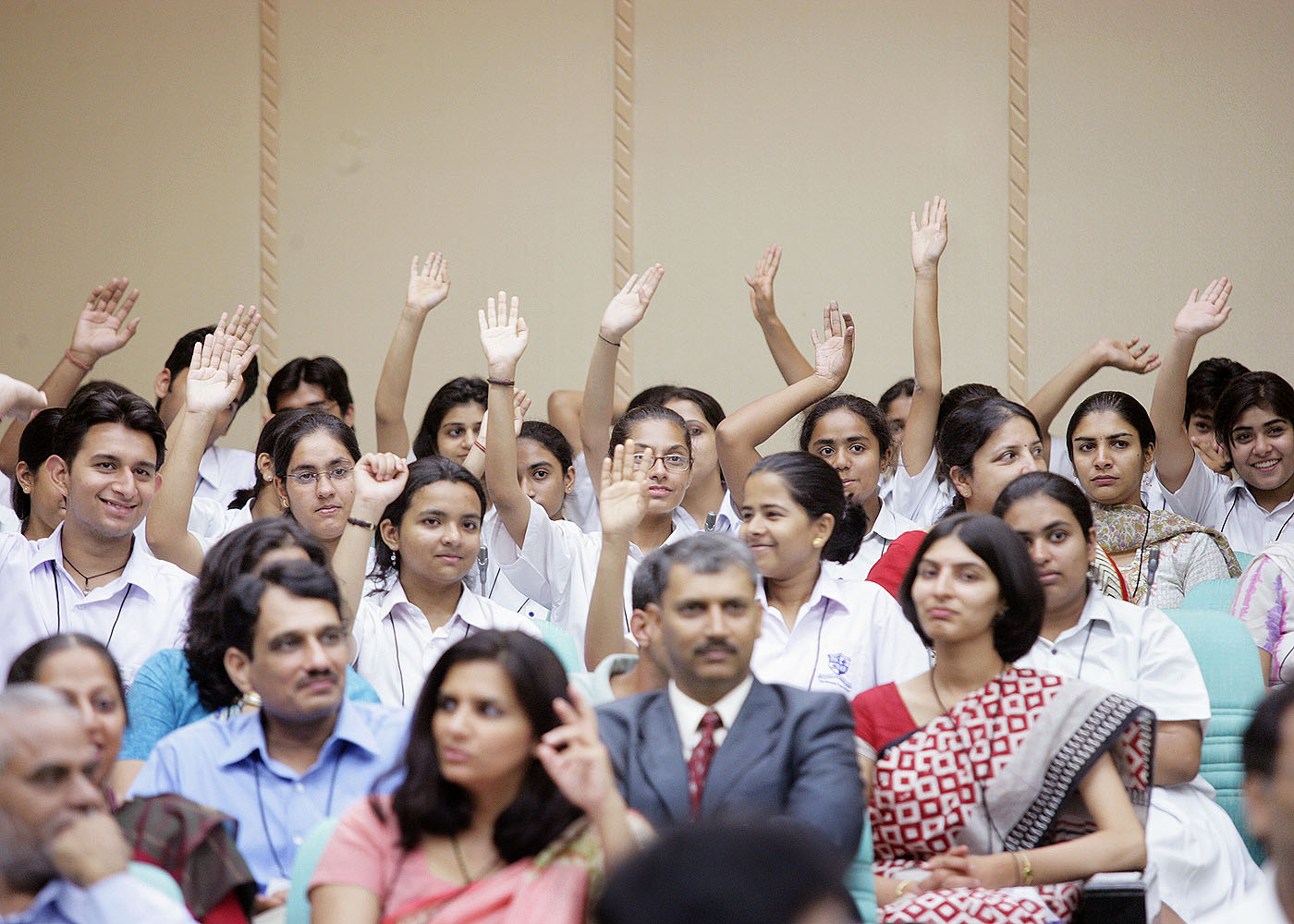
Thirdly, entrepreneurs have to produce the competitive products for becoming successful in their missions. The experts here may like to study the role of education in improving the competitiveness index rating of the country to within ten ranks from 43. Now, I would like to talk about capacity building through education.
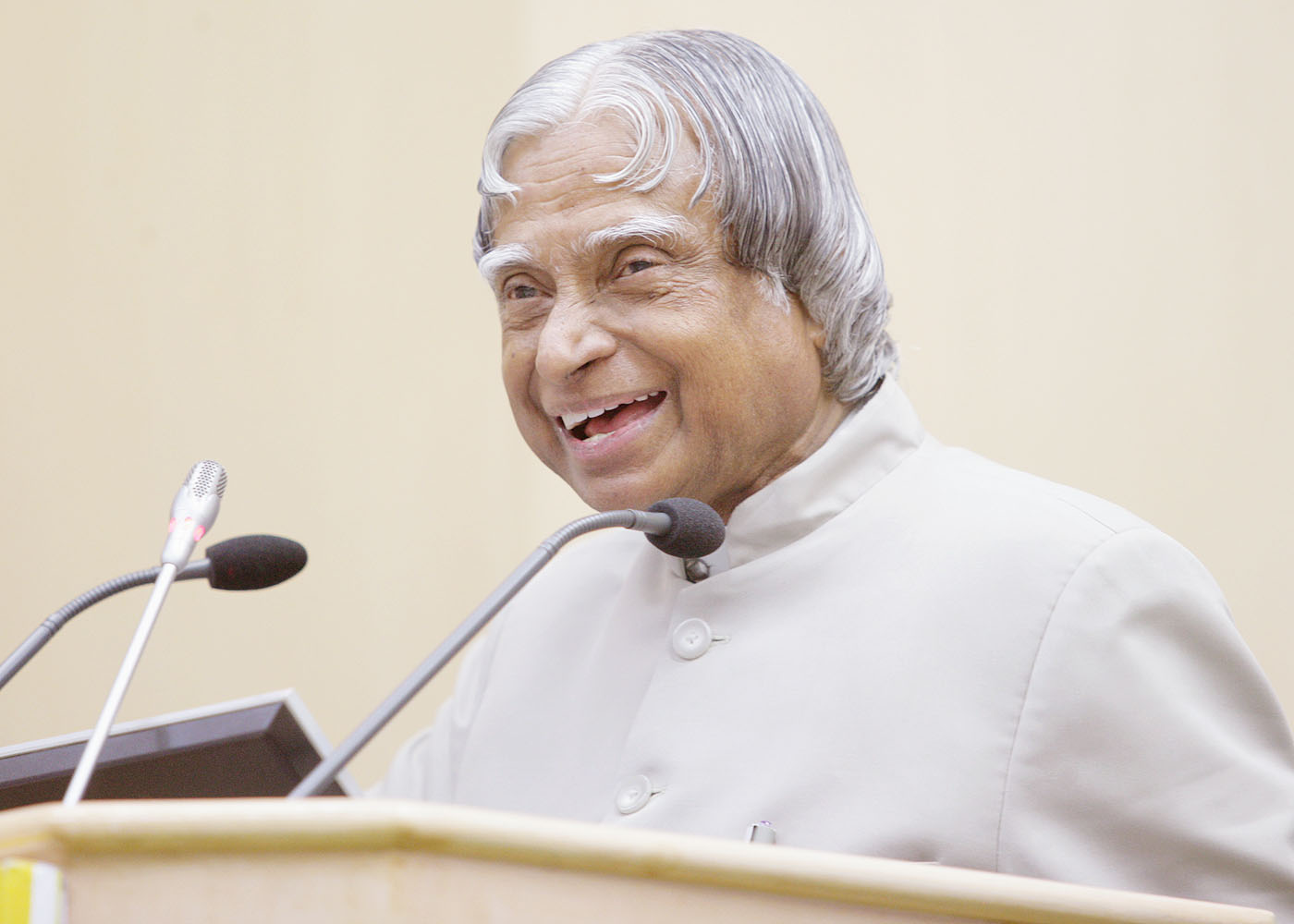

III. Capacity Building Model
When the students come out of the educational institutions certain capacities are required to be built in them to deal with the real world, particularly to grow in their professional career and participate in the national development. I suggest that the ingredients for capacity building must be embedded right from the beginning of the students? life from primary education to higher education. A good educational model is the need of the hour to ensure that the students developed as enlightened citizens and also participate in national development missions.
For participating in the nation building tasks: the capacities required to be built among the students in their formative years by the educational institutions are: The capacity for research or inquiry; the capacity for creativity and innovation; the capacity to use high technology; the capacity for entrepreneurial leadership; and the capacity for moral leadership.
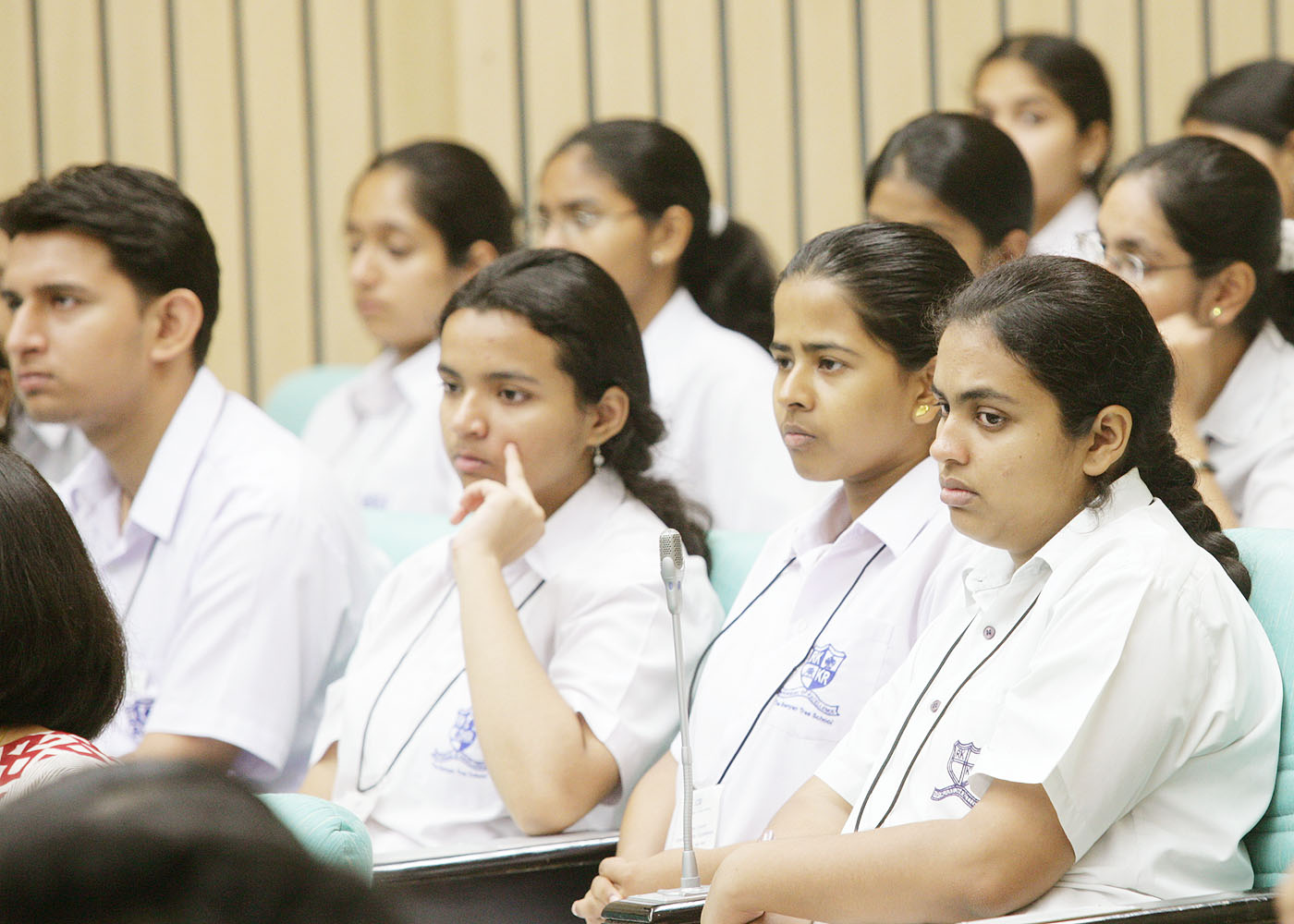
a. Research and enquiry: The 21st century is about the management of all the knowledge and information we have generated and the value addition we could bring to it. We must give our students the skills with which they find a way through the sea of knowledge that we have created and continue with life long learning. Today we are empowered by technology to teach ourselves beyond classrooms and become life-long learners. This is indeed required for sustained economic development of the nation and also individual prosperity.
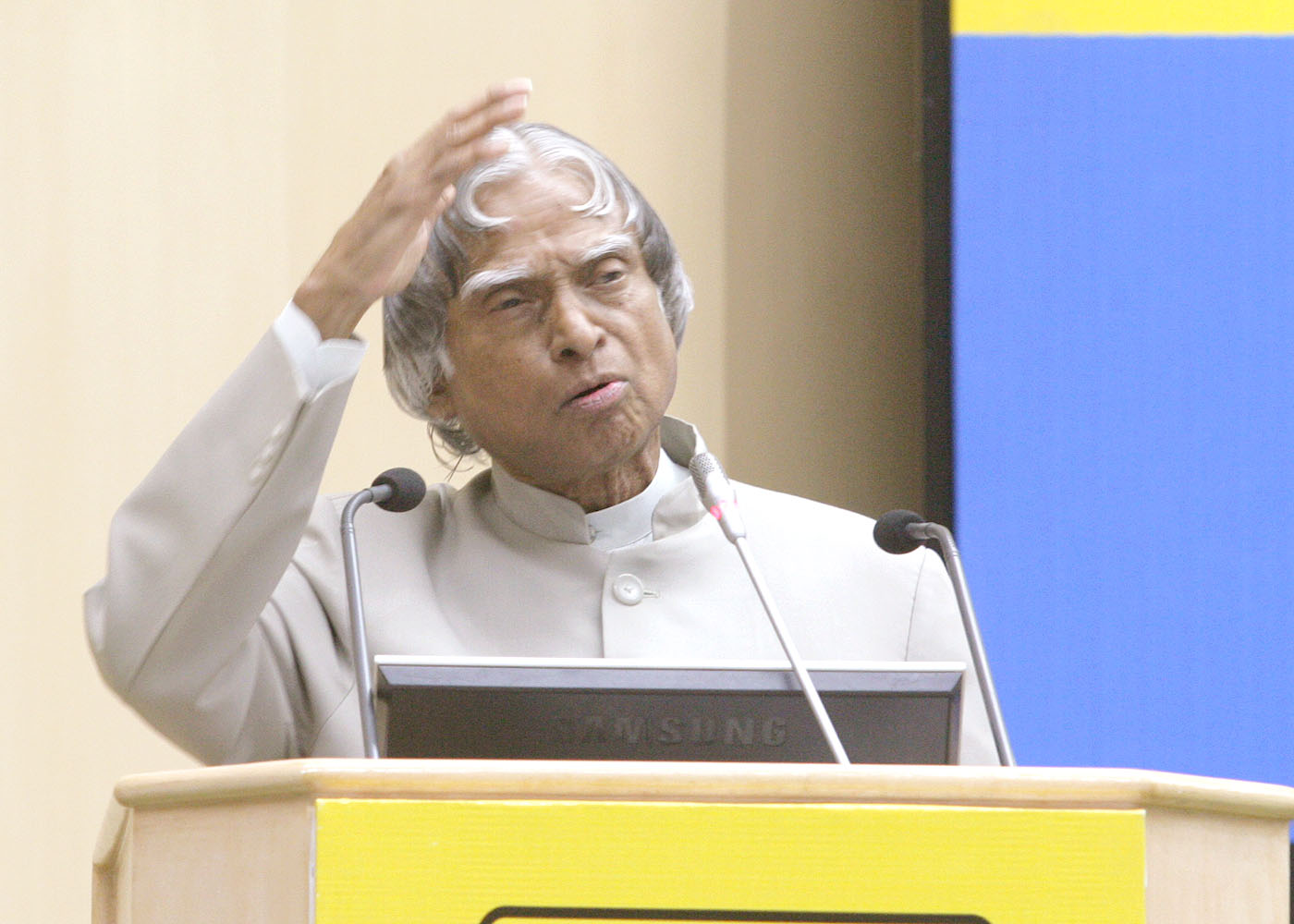
b. Creativity and Innovation: The management of knowledge in the 21st century is beyond the capacity of a single individual. The amount of information that we have around is overwhelming. The management of knowledge therefore must move out of the realm of the individual and shift into the realm of the networked groups. The students must learn how to manage knowledge collectively and to work in multi-disciplinary teams. When the information is networked the power and utility of the information grows multifold as predicted by Metcalfe's law. An information that is static does not grow. In the new digital economy, information that is circulated across enterprise, creates innovation and eventually contributes to national wealth.
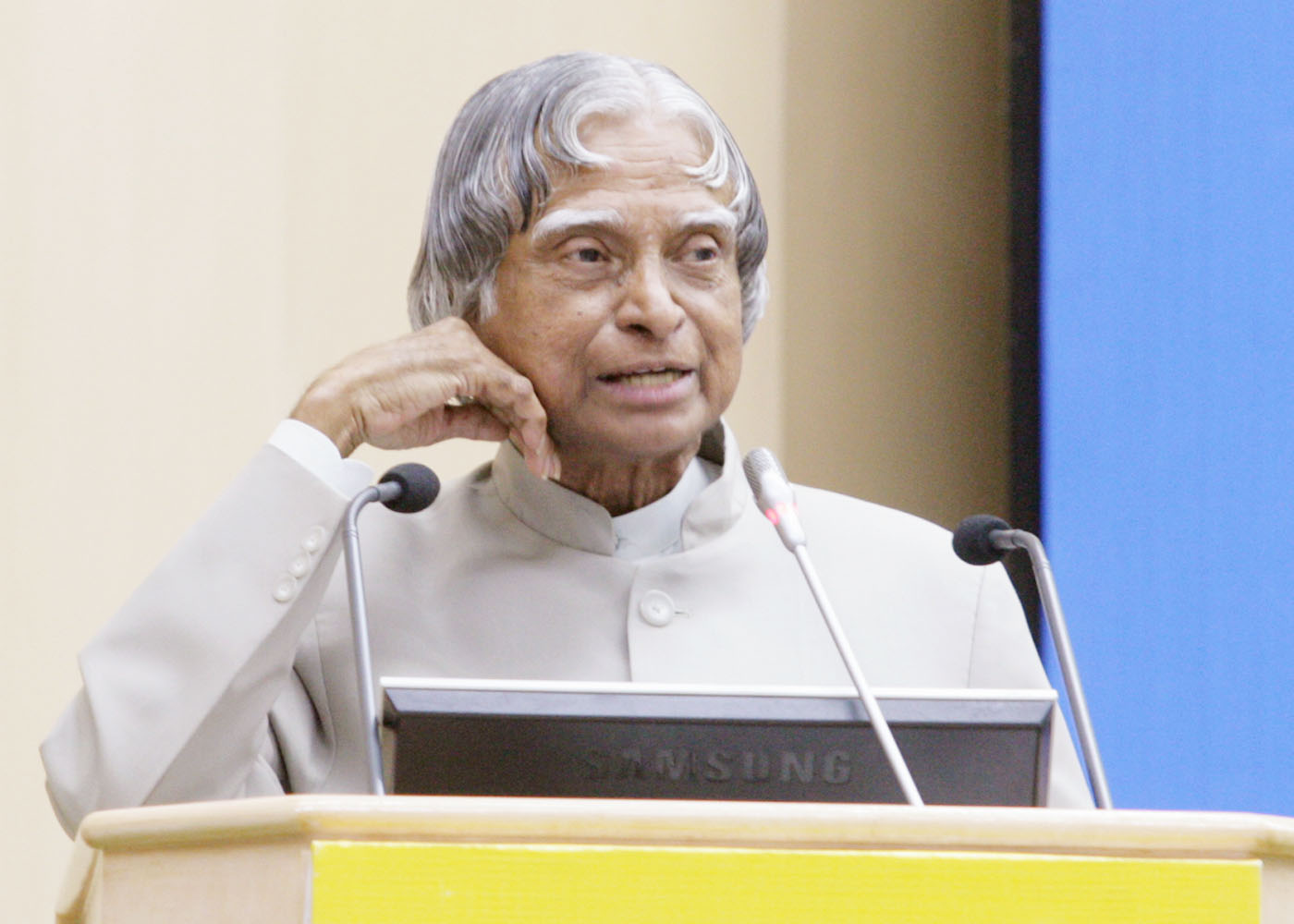
c. Capacity to use high technology: Every student in our schools and colleges should be brought in contact with technology to aid their learning process. Educational institutions should be equipped with adequate computing equipment, laboratory equipments, Internet facilities with high band width connectivity and provide an environment for the students to enhance their learning ability. In the midst of all of the technological innovations and revolutions we cannot think that the role of the teachers will be diminished. In fact the teacher will become even more important and the whole world of education will become teacher assisted and would help in ?tele-porting? the best teacher to every nook and corner of the country and propagate the knowledge. The teacher becomes a facilitator and knowledge manager. For full utilization of the available connectivities through satellite, high band width optical fibre communication in conjunction with technologies like Wi-max, the most critical aspect is the availability of quality content. I would suggest all the experts here to address this important issue and evolve a time bound action plan so that the quality content is made available at nodal points for access by the students, teachers and desiring learners.
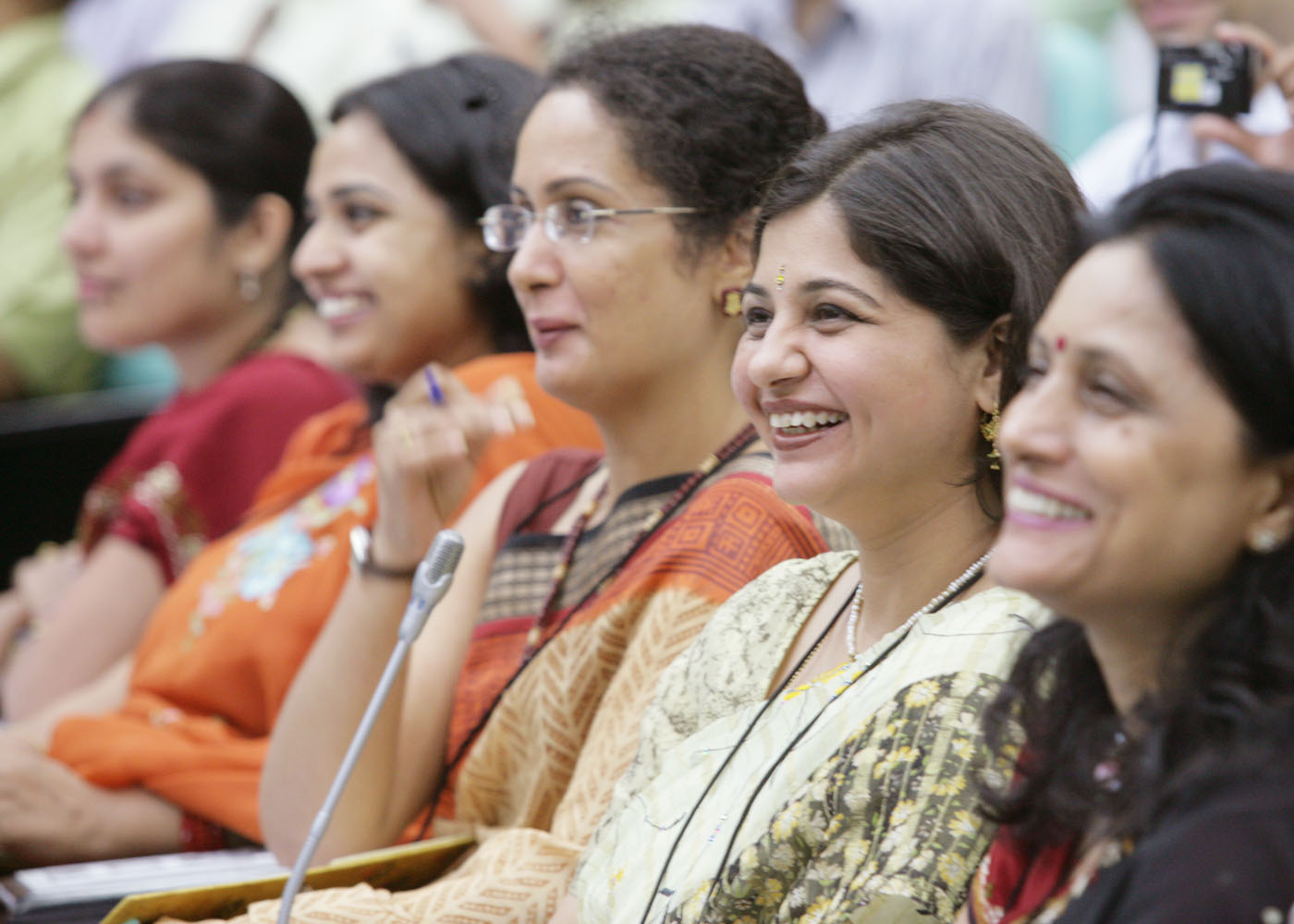
d. Entrepreneurship: The aptitude for entrepreneurship should be cultivated right from the beginning and in the educational environment both in the Schools and the Colleges. We must teach our students to take calculated risks for the sake of larger gain, but within the ethos of good business. They should also cultivate a disposition to do things right. The inner being must be illuminated with righteousness. This capacity will enable them to take up challenging tasks later.
f. Moral leadership: Moral leadership involves two aspects. First it requires the ability to have compelling and powerful dreams or visions of human betterment. Moral leadership requires a disposition to do the right thing and influence others also to do right things. There is a need for inclusion of "moral science" class as a part of education in all the schools and colleges. This is essential for promotion of value based education leading to enlightened citizenship.
For building capacity it is essential to increase the teacher ? student ratio, improve the quality of teachers, provide continuous methods for upgradation and provide them with technology aids for becoming life long autonomous learners. The experts assembled here may try to review the type of capacity building needed in teaching based on their experiences.
So far we have discussed about the Education scene in the country, the necessity of Global Human Resource Cadre leading to productive employment generation, and the necessity of capacity building among the students to meet the demand in the Global Competitive environment. Fundamental to all these things is imparting quality and value based education in the schools. Particularly, primary education is a very important component in the pursuit of higher education and capacity building. Quality input to higher education leads to generation quality human resource.
Here I would like to share with you my experience while I was in college.

Education with value system
I remember the lectures given by the highest authority of a Jesuit institution Rev Father Rector Kalathil of St. Joshep?s college, Tiruchirappalli, Tamilnadu, Southern India. Every week on Monday, he will take a class for an hour. He used to talk about good human beings present and past and what makes a good human being. In this class he used to give lectures on personalities such as Buddha, Confucius, St. Augustine, Califa Omar, Mahatma Gandhi, Einstein, Abraham Lincoln and moral stories linked to our civilizational heritage. In the moral science class, Father Kalathil used to highlight the best aspect of, how the great personalities have been evolved as good human beings through parental care, teaching and companionship of great books. Even though these lessons were given to me in 1950?s during my college days, they inspire me even today. It is essential that in the schools and colleges, lectures are given by great teachers of the institution once in a week for one hour on civilizational heritage. This may be called as Moral Science Class that will elevate the young minds to love the country, to love the other human beings and elevate them to higher planes. I talked about this model in my recent address to the European Parliament with members from 27 countries.
In sum, inquiry, creativity, technology, entrepreneurial and moral leadership are the five capacities required to be built through the education process. If we develop in all our students these five capacities, we will produce ?Autonomous Learner? a self-directed, self controlled, lifelong learner who will have the capacity to both respect authority and at the same time is capable of questioning authority, in an appropriate manner. These are the leaders who would work together as a ?Self-organizing Network? and transform any nation into a developed nation in a time bound manner. Next area I would like to talk about primary education which is the foundation for the total education system.
The main concern in our primary education is the unacceptable level of drop out at class five, class eight and class ten levels. During my visit to various parts of the country, I have come across few models for reducing the drop out rate, which I would like to share with you.
I have seen the accelerated learning programme using computers in Karnataka Government schools in association with Azim Premji Foundation to reduce the dropouts. Akshaya Computer Literacy Programme of Kerala has made at least one member in each family a computer literate in whole of Malapuram district of the State. At Peda Amiram near Bhimavaram in Andhrapradesh, Dr. MR Raju, targeted character building and upliftment of the children in the age group of 3 to 5 years. The emphasis in this school is on playful environment, nutritional support and caring love. This experiment is being repeated in many other schools leading to reduction of drop outs from 70% to 30%.
We can very well see how Corporate and social minded individuals can bring change in the quality of life of people. This has to spread across the country.

Conclusion
Evolution of a policy for global human resource cadre is essential. Corporate houses can make an important contribution by adopting these schools particularly in rural areas in their region and providing infrastructure for schools in the form of clean drinking water, toilet facilities, transportation facilities for children coming from far away distances, equipping the sport complexes and providing computing facilities for technology assisted learning. Capacity building linked to the needs of three sectors of economy and research and development is very important. CII with its understanding of the seriousness of the problems and its familiarity with the industrial sector can act as a bridge in creating an active healthy partnership among government, education system and non-governmental organizations for bringing total literacy to the nation and generating globally competitive quality human resource for national and international deployment.
Ultimately, education in its real sense is the pursuit of truth. It is an endless journey through knowledge and enlightenment. Such a journey opens up new vistas of development of humanism where there is neither scope nor room for pettiness, disharmony, jealousy, hatred or enmity. It transforms a human being into a wholesome whole, a noble soul and an asset to the universe. Universal brotherhood in its true sense becomes the sheet anchor for such education. Real education enhances the dignity of a human being and increases his or her self-respect. If only the real sense of education could be realized by each individual, and carried forward in every field of human activity, the world will be so much a better place to live in.
With these words, I inaugurate the CII Education Summit and my best wishes to all the participants of this Summit in their mission of creating quality human resource needs of the country in the knowledge economy era.
May God bless you.
Dr. A. P. J. Abdul Kalam
<<Back
|
|